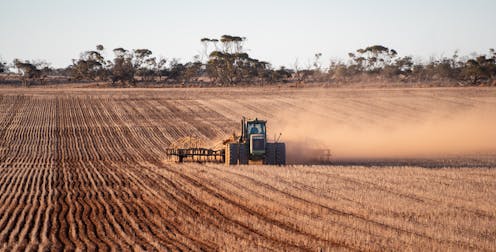What this year's El Niño means for wheat and global food supply
- Written by David Ubilava, Associate Professor of Economics, University of Sydney

The World Meteorological Organization has declared the onset of the first El Niño event in seven years. It estimates 90% probability the climatic phenomenon, involving an unusual warming of the Pacific Ocean, will develop through 2023, and be of moderate strength.
El Niño events bring hotter, drier weather to places such as Brazil, Aus...







